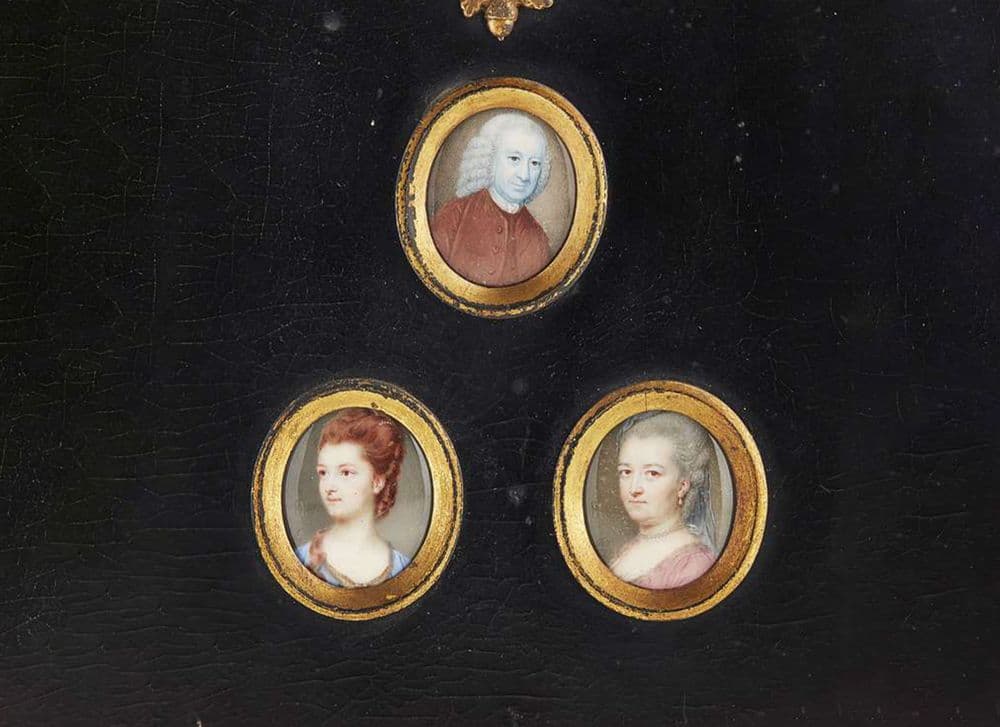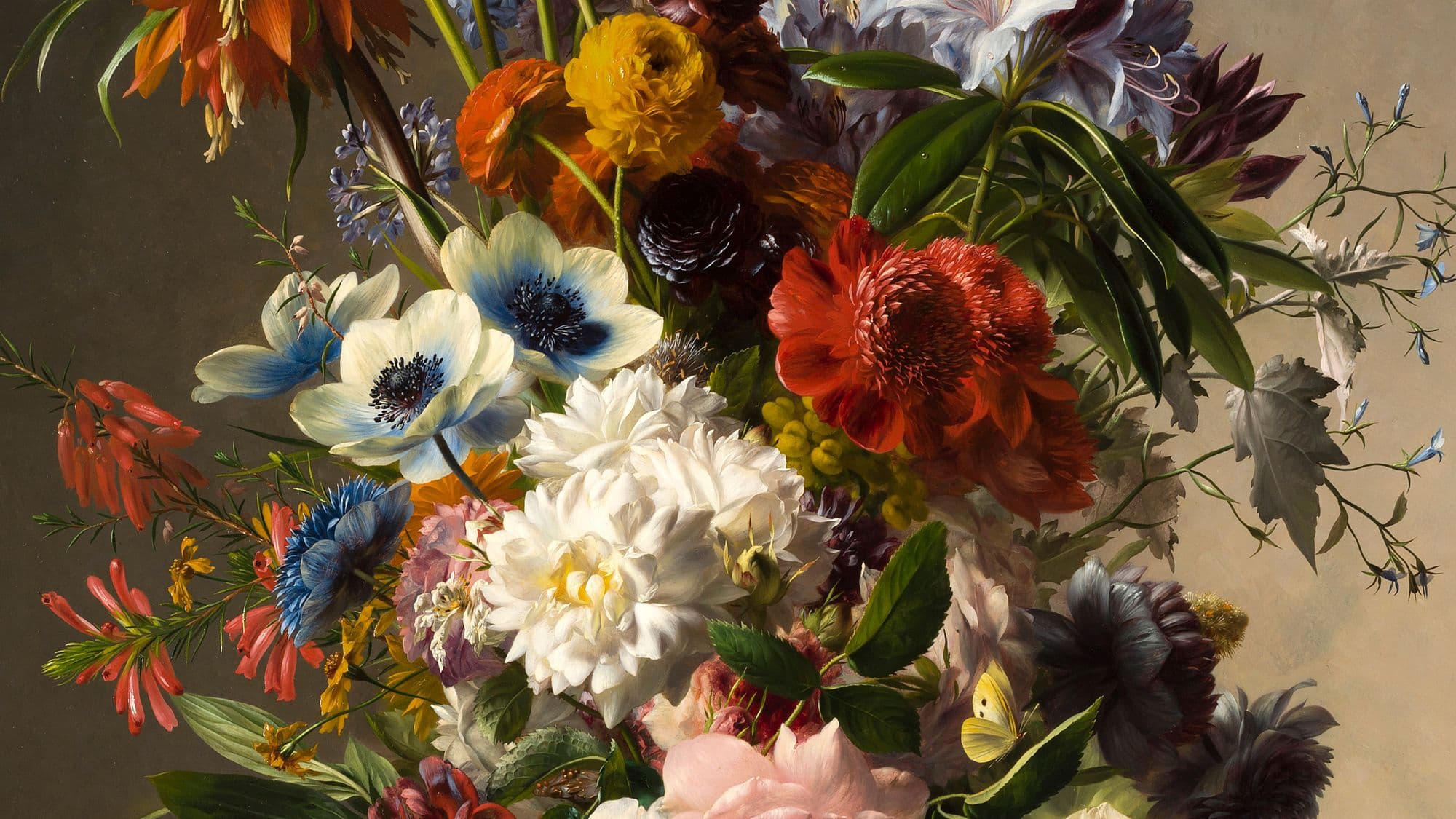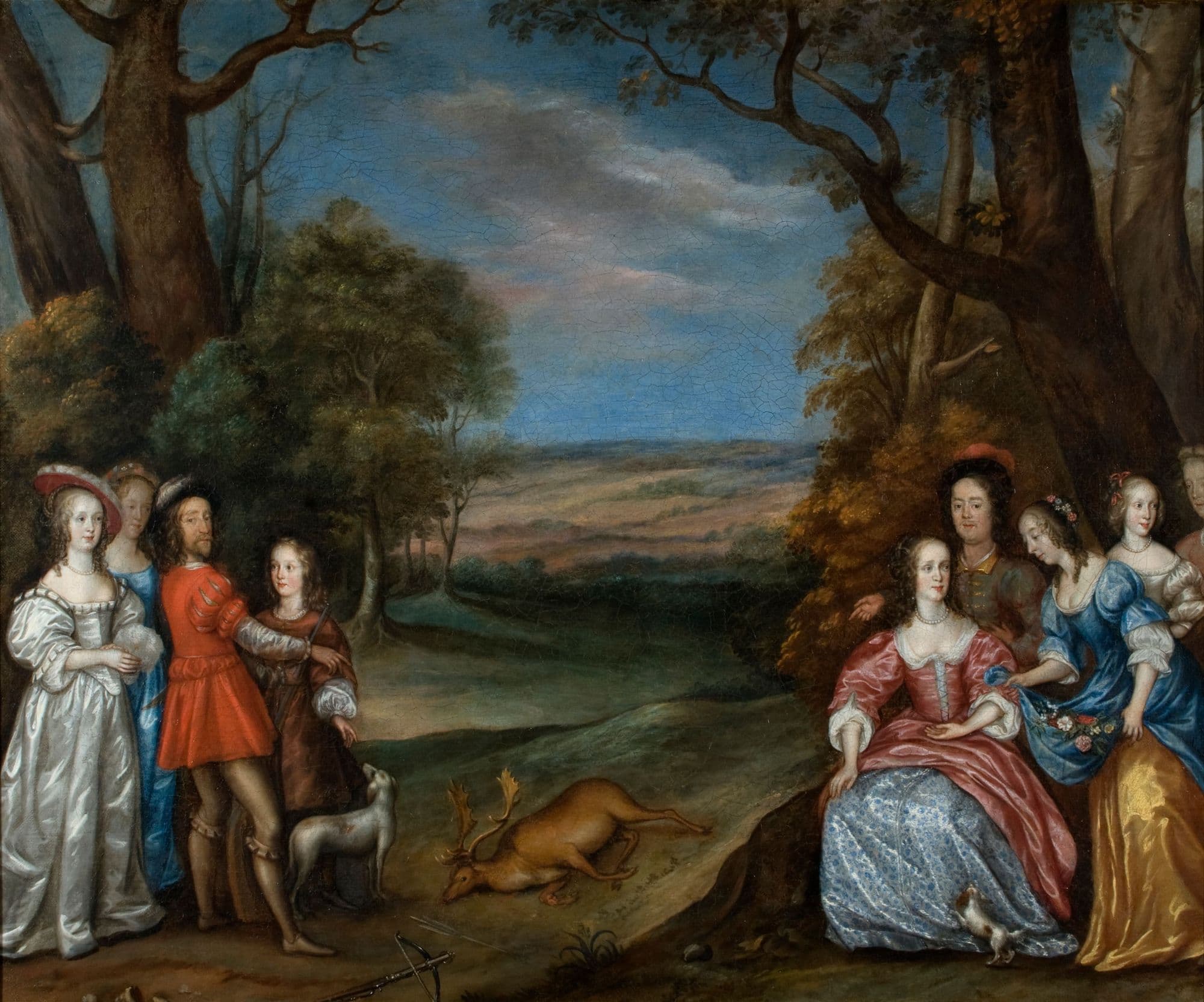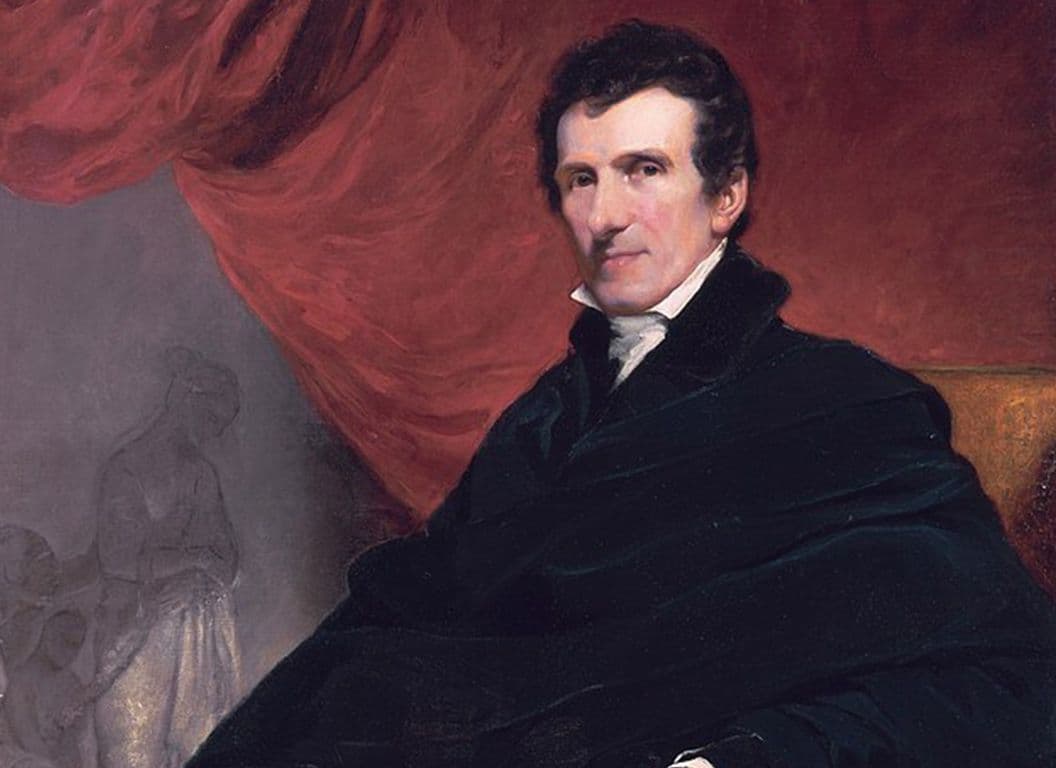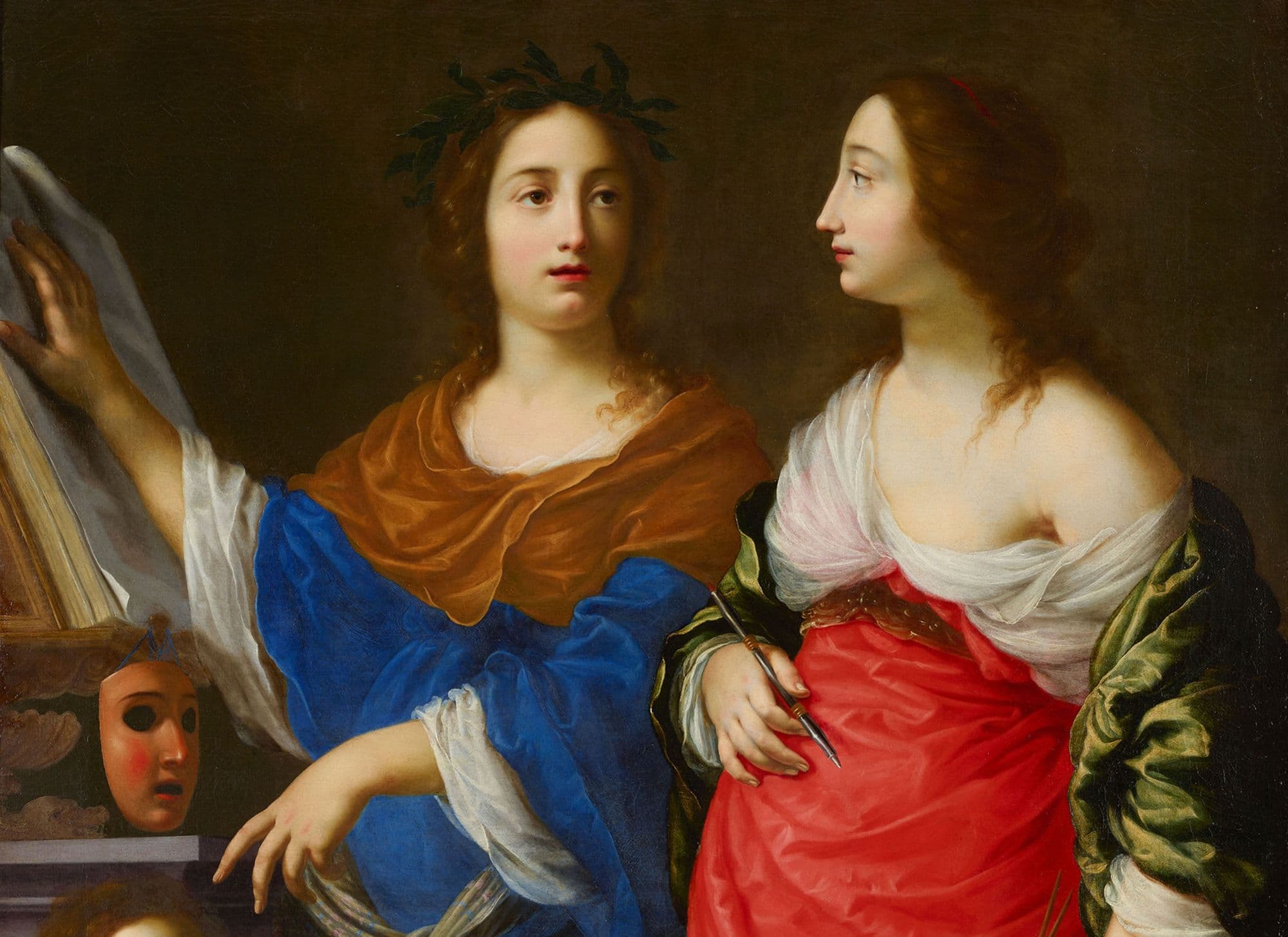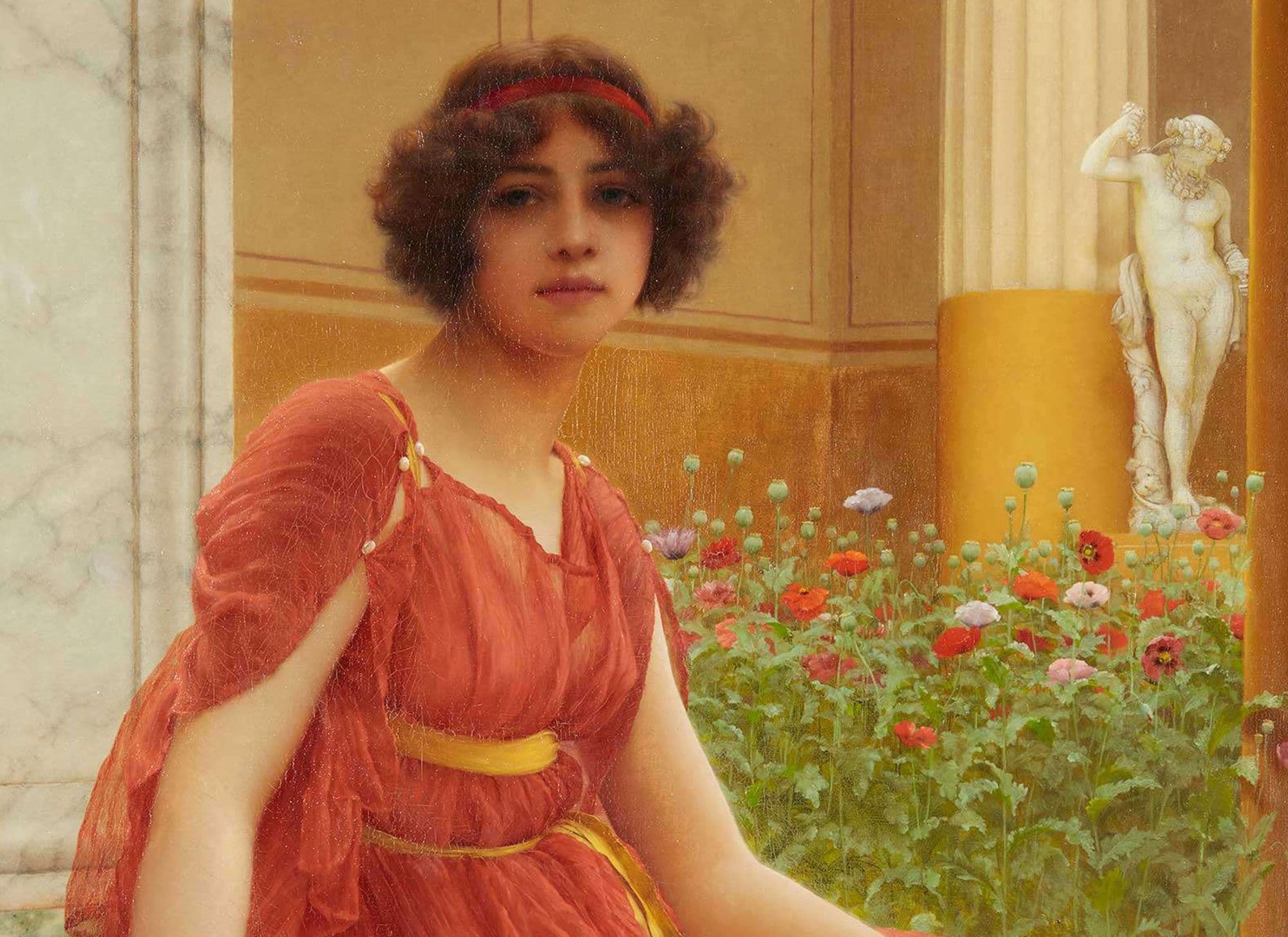Distinguished by an extremely delicate and meticulous technique, John Smart is regarded as one of Britain’s leading miniature painters during the 18th and early 19th century.
His artistic training with William Shipley, a founder of the Royal Society of Arts, gave him a deep knowledge of anatomy and earned him repute as an accomplished draughtsman and artist. Unlike his contemporaries, Smart drifted away from idealised representations and opted for a far more honest portrayal of his sitters.
Some of the earliest examples of portrait miniatures date to the 1520s, originating in the French and English courts. Initially produced as watercolours on vellum, the 18th century marked a significant shift towards a preference for an ivory support. Bernard Lens was the first portrait miniaturist in Britain to experiment with this. Selt-taught, Lens quickly gained recognition from leading artists such as William Hogarth and George Vertue, and obtained numerous commissions within the courts of George I and George II.
Smart’s controlled artistic approach allowed for highly naturalistic renderings of individuals. Far removed from the fluidity of Cosway’s brushwork, Smart employed careful strokes of colour densely applied on the surface; a technique known as stippling. This is best illustrated in the face of William Elliot: layers of greyish-blue hues under the warmth of rosy-pink tones subtly suggest a light stubble. The eyes are also elaborately worked with layers of warm flesh tones; darker flecks of paint in amongst this are used to convey his ageing wrinkles.
